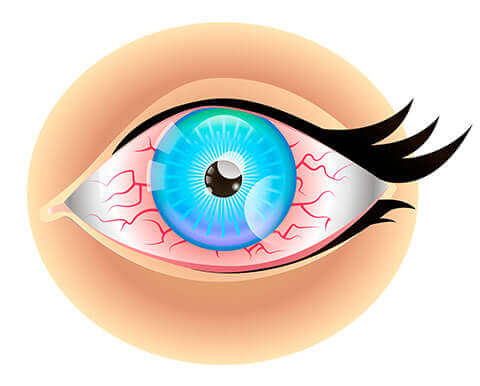
By Dr. Scot Yap, 2015
Everyone will likely experience the symptoms of dry eyes at some point in our lives. Blinking replenishes our tear film providing the moisture the eyes need. The prevalence of electronic devices has resulted in a decrease in blink rate. Red, itchy, sandy, gritty, burning, and tired eyes are some of the more common complaints. Excessive tearing is also a sign of Dry Eye disease, often a result of poor tear film quality. Many dismiss and accept these symptoms as “normal”. This is an incorrect assumption. Though dryness can be transient, it becomes problematic and potentially vision threatening when it persists into Chronic Dry Eye disease.
The tear film not only keeps the eyes lubricated, it also maintains the optical and anatomical integrity of the ocular surface. It provides a smooth interface between the eyelids and the eye itself. It also helps remove environmental debris that can cause ocular allergies. The tear film partially supplies nutrients to the cornea, as well as help defend the eye from infection. Without a sufficient and healthy tear film, the front surface of the eye is more susceptible to irritation, infection, and allergic reaction. The ocular surface insult dry eyes are subject to eventually lead to inflammation of the cornea which can lead to blurry vision. In severe cases, corneal scarring may lead to permanent vision impairment.
Certain medical conditions may also cause Chronic Dry Eyes. Autoimmune disease (e.g. Sjogrens, Rheumatoid Arthritis, Lupus, etc.), Bell’s Palsy, Menopause, Skin disease (e.g. Rosacea, eczema, etc.), and Thyroid disorders are only some of the more common conditions. Medications such as anti-histamines, anti-depressants, birth control pills, tranquilizers, and blood pressure medications may also cause dry eyes.
Fortunately, there are many treatment options available for dry eye disease. Though, it is important to customize and tailor these treatment options to each individual. Regardless of the severity or cause, dry eye disease should be addressed and treated accordingly before it threatens vision, and before it affects the quality of your life.

